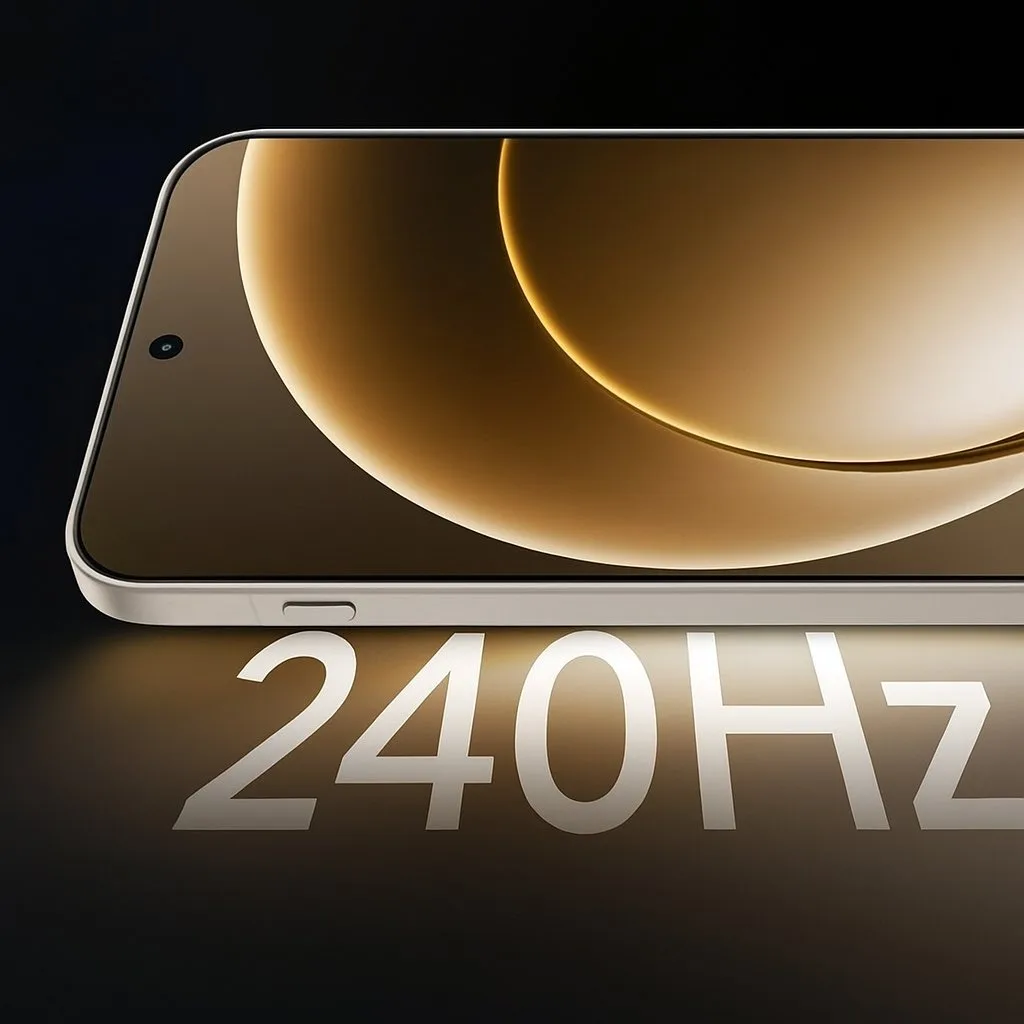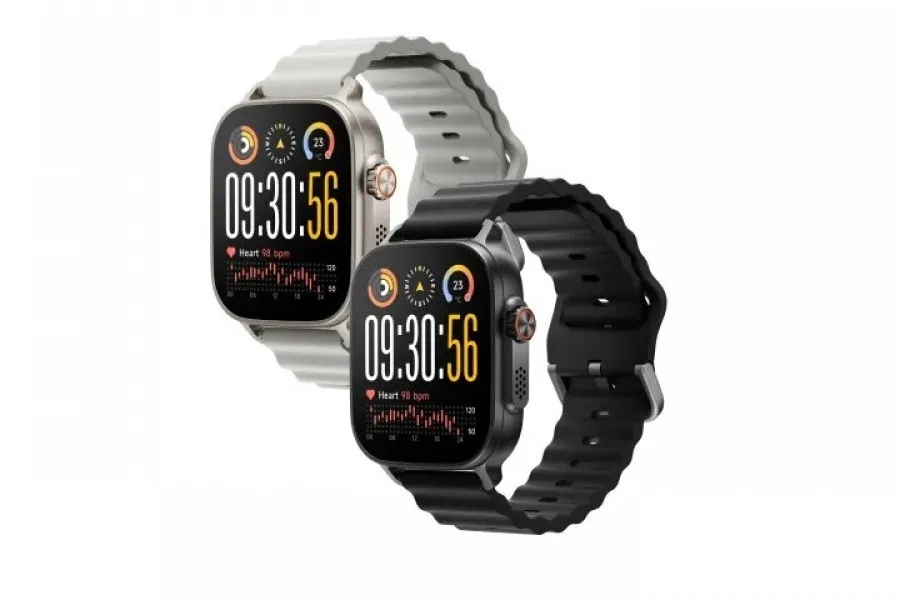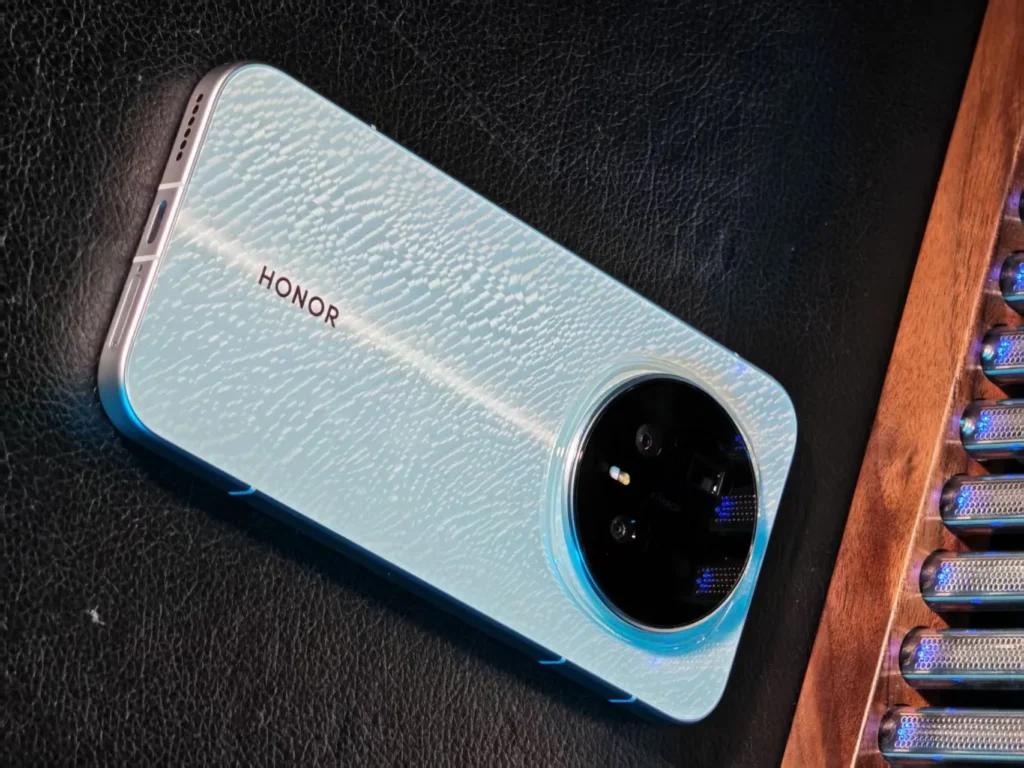Will the OnePlus 16 have a useless 240 Hz display?
While the OnePlus 15 is currently making waves for its excellent value for money (approximately $560 in China), a new rumor circulating on X is causing a stir in the community: OnePlus is considering a 240 Hz display for its future models—possibly the OnePlus 16 or OnePlus 17.
And let’s be clear: the reactions are… icy.
OnePlus 16: A 240 Hz display on a smartphone?
According to the OnePlus Club account on X, which is often well-informed, OnePlus’s ultimate goal is to find “the perfect balance” between high resolution and a 240 Hz dynamic refresh rate.
The ultimate goal of OnePlus for the coming years is to achieve the perfect balance between high resolution and a 240Hz dynamic refresh rate. pic.twitter.com/nIa8UMw3WG
— OnePlus Club (@OnePlusClub) November 8, 2025
No specific model has been mentioned, but it is almost certain that such a display would be reserved for a flagship device, likely the OnePlus 16 or OnePlus 17.
On X, the reactions from fans range from irony to frustration:
- “Honestly… do we really need 240 Hz?”
- “No one needs 240 Hz on a phone.”
- “The money spent on this should go towards the cameras.”
A few rare comments praise the boldness, but the majority of users seem to prefer better cameras over extreme smoothness that drains the battery.
What is the purpose of such a high refresh rate?
A 240 Hz display provides incredibly smooth visuals: ultra-fast scrolling on social media, instantaneous app transitions, and more responsive mobile gaming. It creates an experience that makes a 60 Hz display feel outdated.
However, there’s a downside to this fluidity: higher energy consumption, excess heat, and few applications are truly compatible with 240 Hz.
In other words, it’s a bit like buying a sports car just to sit in traffic.
Fans want cameras, not gimmicks
OnePlus users have been calling for significant photography improvements for several generations, rather than always quicker screens. Even though the OnePlus 15 offers an excellent 1.5K display at 165 Hz, many lament the loss of the 2K 120 Hz from the OnePlus 14 Pro.
For many, OnePlus should invest in Hasselblad sensors, image processing, or optical stabilization, rather than in a refresh rate that most will never fully utilize.
What’s next?
If OnePlus does push to 240 Hz, this could become a new trend for Android flagships in 2026, especially in the gaming sector. But for the average consumer, the question remains: do we really need to go that far?
The 240 Hz display would be a technological feat, but not necessarily a useful improvement in daily life. Unless OnePlus reserves this innovation for a dedicated gaming line, fans clearly prefer advancements in photography and battery life over a mere race for smoothness.
In summary: OnePlus aims for speed… but its users want precision.




